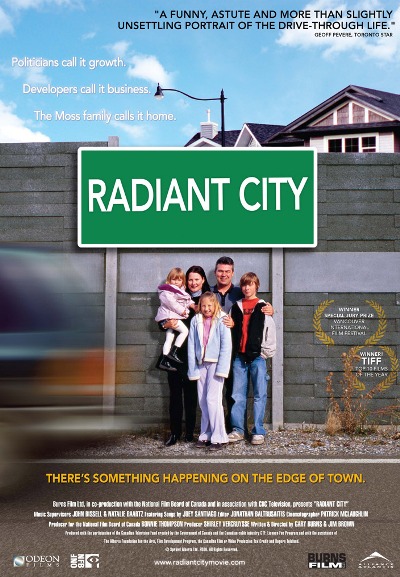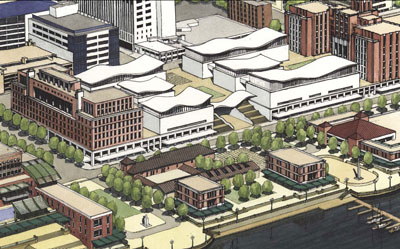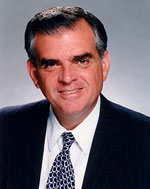 If you live in the older part of Peoria like I do (Uplands neighborhood, near Bradley), your total property tax rate is 8.35885%. If you live where fifth-district councilman Patrick Nichting lives (Sleepy Hollow Rd., north of Route 6, near the corner of Knoxville and Mossville Rd.), your total property tax rate is only 7.69782%. And if you live where at-large councilman George Jacob lives (Dana Dr., north of Route 6, off Wilhelm Rd.), your total property tax is 8.02308%. (Note: I picked Nichting and Jacob merely for descriptive purposes and because, as public figures, their addresses are already widely published.)
If you live in the older part of Peoria like I do (Uplands neighborhood, near Bradley), your total property tax rate is 8.35885%. If you live where fifth-district councilman Patrick Nichting lives (Sleepy Hollow Rd., north of Route 6, near the corner of Knoxville and Mossville Rd.), your total property tax rate is only 7.69782%. And if you live where at-large councilman George Jacob lives (Dana Dr., north of Route 6, off Wilhelm Rd.), your total property tax is 8.02308%. (Note: I picked Nichting and Jacob merely for descriptive purposes and because, as public figures, their addresses are already widely published.)
Why the differences? It’s because different taxing bodies have different borders. Both Nichting and Jacob live outside the Greater Peoria Airport Authority’s taxing district, saving them 0.24087% on their tax bills. They also both live in Dunlap’s school district (4.0644%) instead of District 150 (4.48456%), saving them another 0.42016%.
Jacob’s rate is a little higher than Nichting’s because Jacob lives in Medina Township instead of Peoria Township. Medina assesses 0.13019% for township government expenses plus 0.33166% for road and bridge maintenance. That totals 0.46185% for living in Medina Township versus only 0.13659% for Peoria Township.
So how does that translate into dollars and cents? Well, a $200,000 owner-occupied home in the Uplands will cost you $407.64 a year more in taxes than a $200,000 home in Nichting’s neighborhood, and $207.06 more than a $200,000 home in Jacob’s neighborhood. That’s not chump change.
On May 29, the Illinois legislature passed Senate Bill 263 which makes the airport authority’s boundaries coterminous with Peoria County. Once the governor signs that into law, those in northern Peoria will have to begin paying their share of the airport’s expenses. Since the levy will stay the same, but be spread among more taxpayers, those currently paying the airport authority’s tax will actually see their rates go down a little.
That will leave the 200-pound gorilla — school taxes — as the biggest difference between living out north or closer to the center of the city, tax-wise. In the older part of the city, you can find a wide range of housing prices, but the farther you go north, the more homogeneous the housing prices become. Pretty soon, you’re in an area where the lowest-priced housing is out of many people’s price range.
Those who can afford $200,000+ houses out north are rewarded with lower taxes and better schools. Meanwhile, those who can only afford a home costing less than $180,000 have few if any options out north. In Peoria, their choices are all within District 150, which means they get relatively poorer schools (based on Illinois Report Card info) and proportionately higher taxes.
I’ve suggested before that school districts 150 and 323 be combined. I still think that’s a good idea. But there’s something else that needs to be done: new neighborhood developments in northern Peoria need to have a broader range of housing prices. Instead of building homogeneous neighborhoods where every house is $280,000, new neighborhoods should include a diversity of housing prices. I’m not talking about low-income housing (that’s a different topic); I’m just talking about a range of, say, $120,000 to $250,000 homes being built within the same neighborhood.
All of these issues intertwine. Tax disparity, school disparity, and housing disparity all converge to make Peoria a tale of two cities. Things need to change, because our current trajectory is unsustainable. Some people actually believe that it’s desirable for the city to consider South Peoria the place for the violent and criminal element to live, the East Bluff to be a buffer, and the northern part of the city to be the “safe” part of Peoria. Folks, this is not healthy thinking. “A house divided against itself cannot stand.”
We can dream more inspiring dreams for Peoria. Let’s set higher goals for our city. Let’s not abandon our friends and neighbors on the south side out of fear and ignorance. Let’s not build neighborhoods that keep people out, but rather invite people in. Let’s make all of Peoria a great place to live.


 My sources tell me that a compromise is in the works for Fire Station 11. You may remember that a previous council cut an engine company from the station as a cost-savings move three years ago. Ever since then, every election has included the question of how/when the council will fully staff Fire Station 11.
My sources tell me that a compromise is in the works for Fire Station 11. You may remember that a previous council cut an engine company from the station as a cost-savings move three years ago. Ever since then, every election has included the question of how/when the council will fully staff Fire Station 11. 
 Councilman Bob Manning and I are
Councilman Bob Manning and I are  I read with amusement the Journal Star’s report on the school board
I read with amusement the Journal Star’s report on the school board  President of Bradley University, of course. I’m officially throwing my support behind LaHood’s efforts to get the job.
President of Bradley University, of course. I’m officially throwing my support behind LaHood’s efforts to get the job.